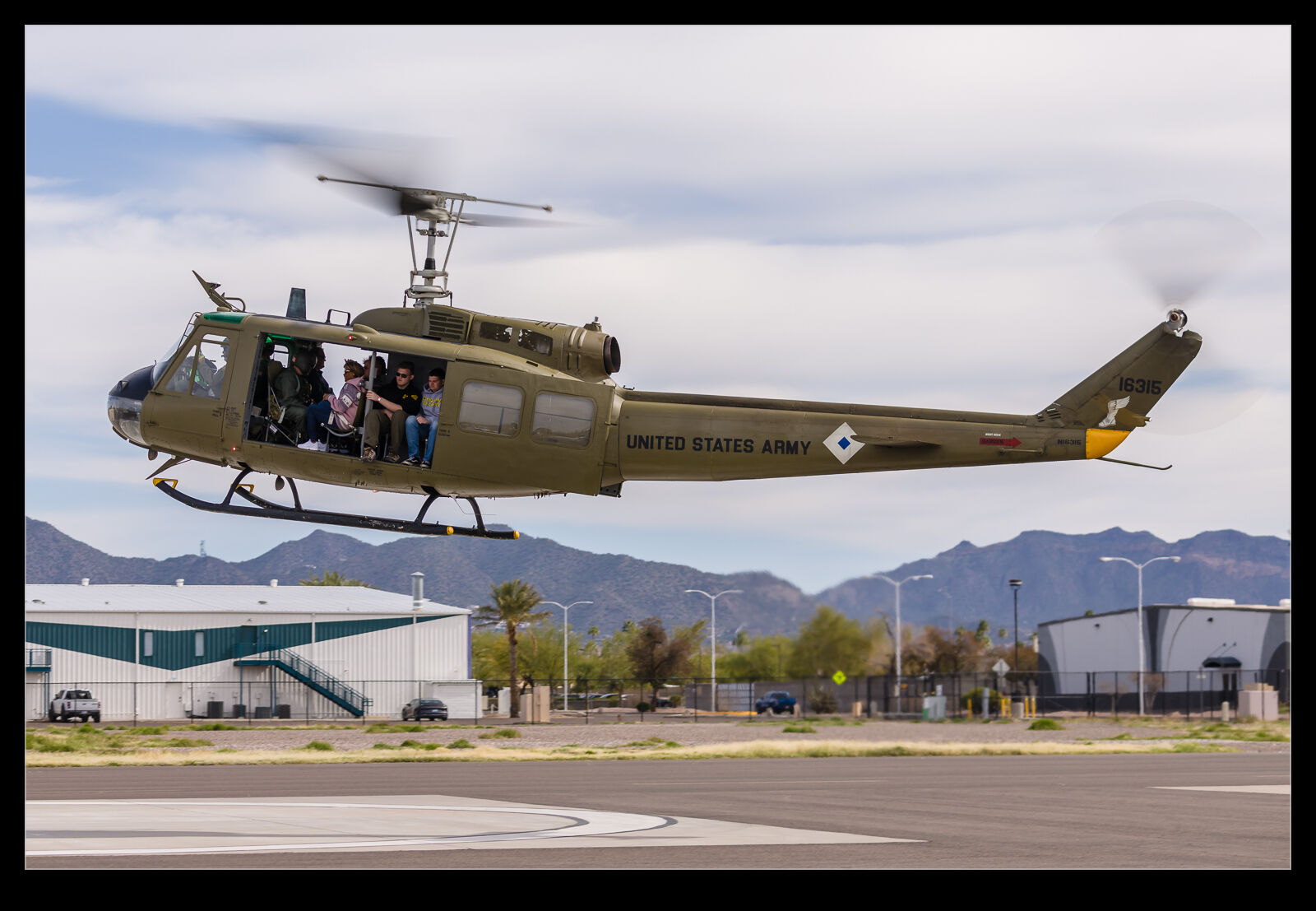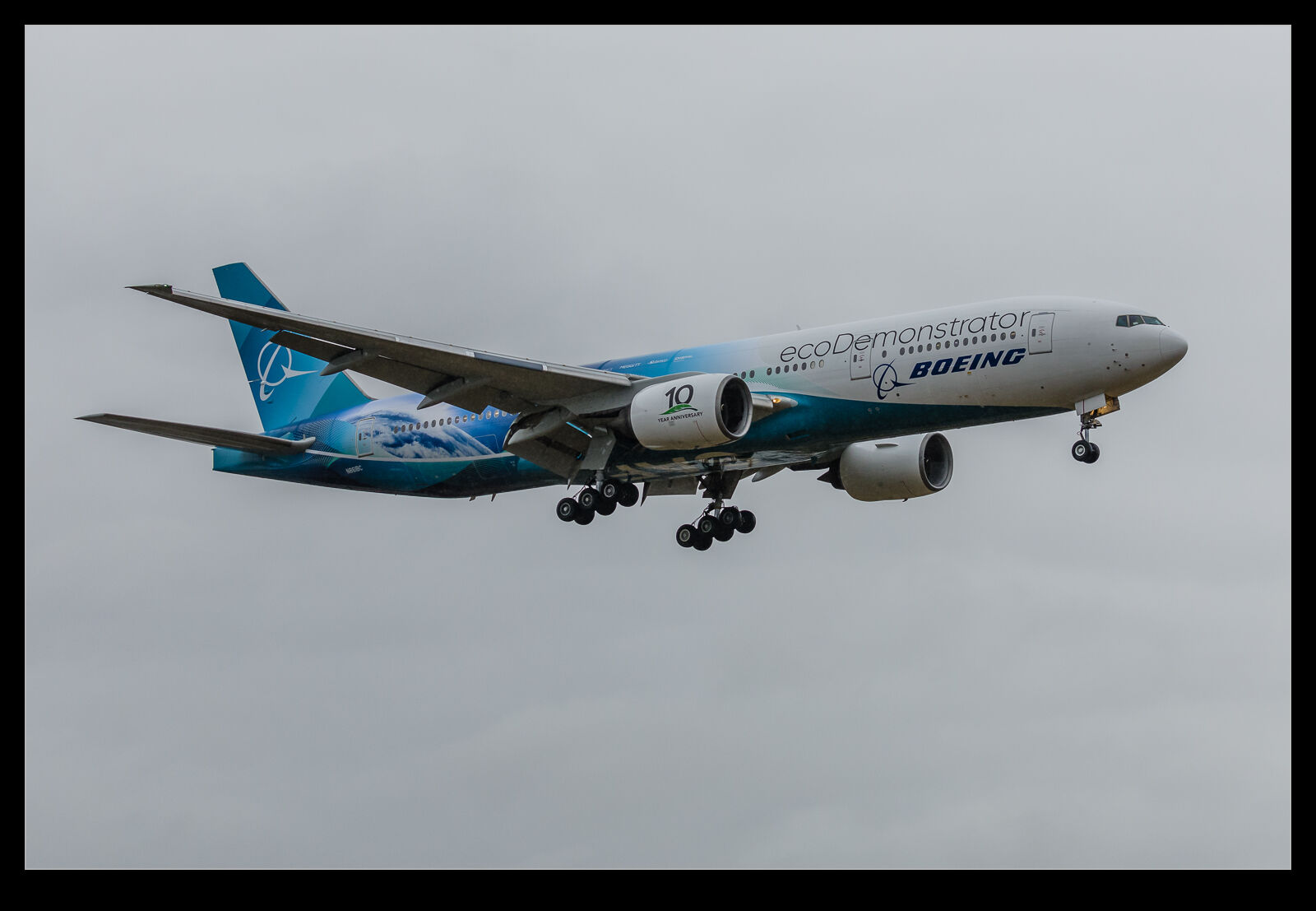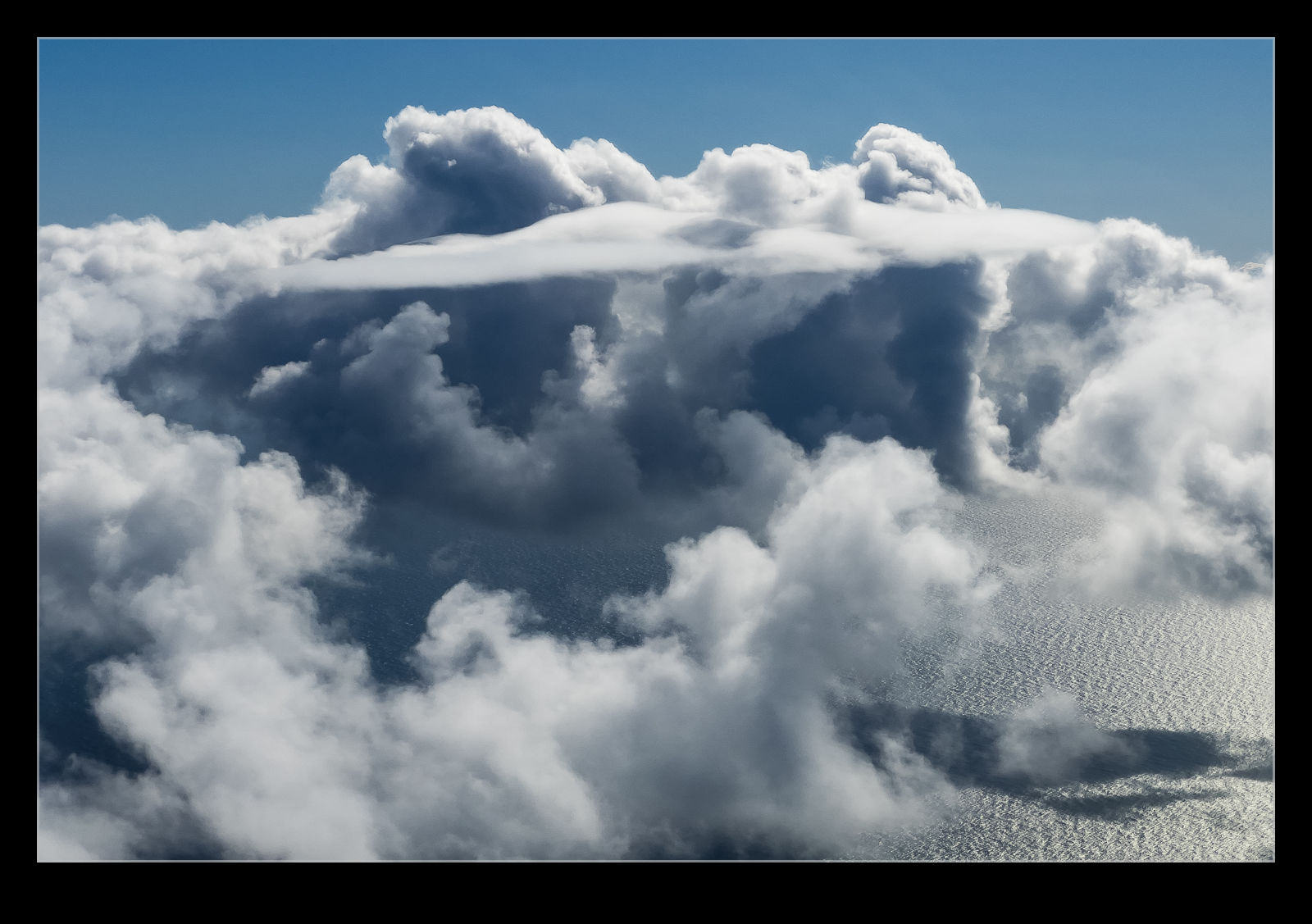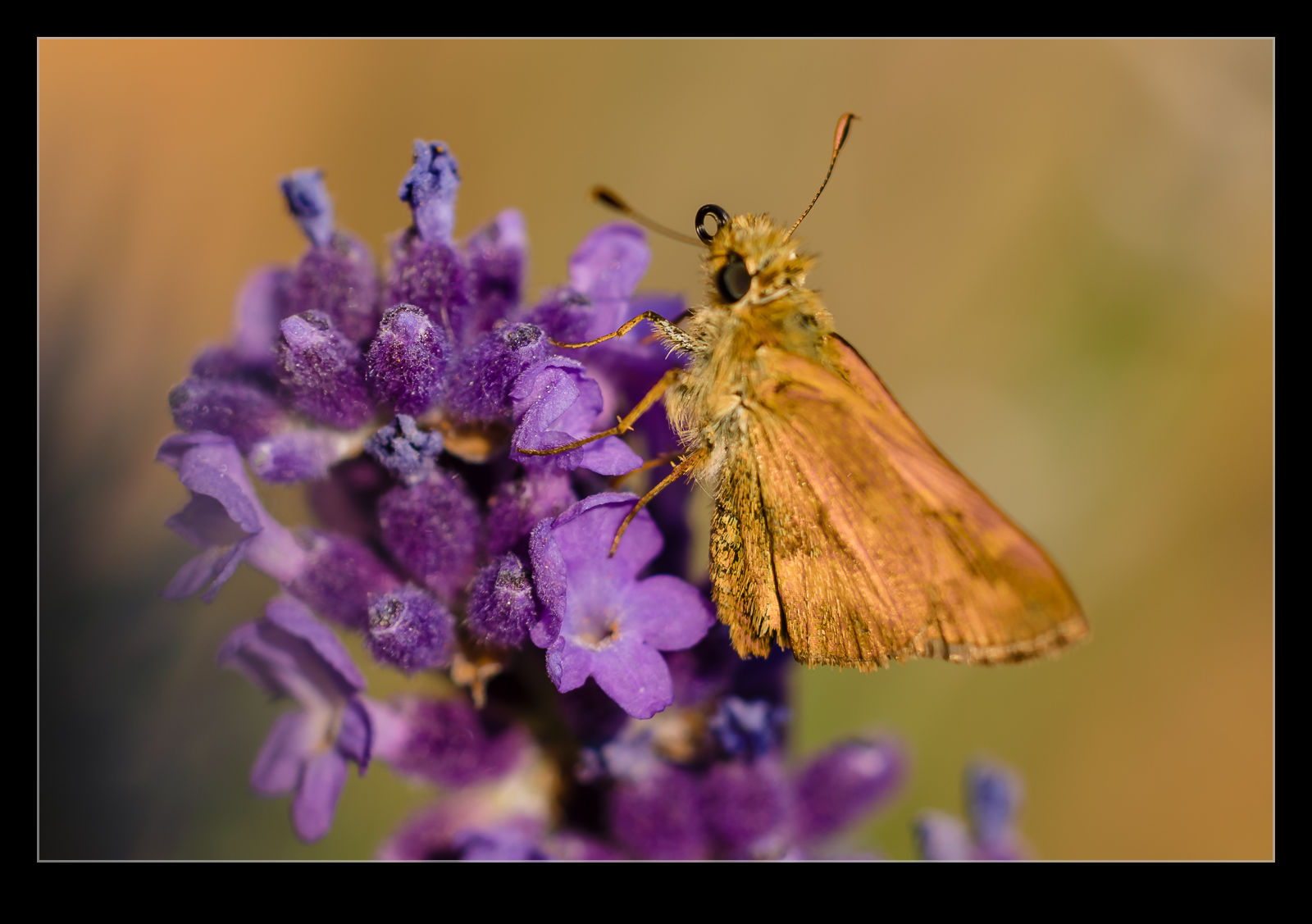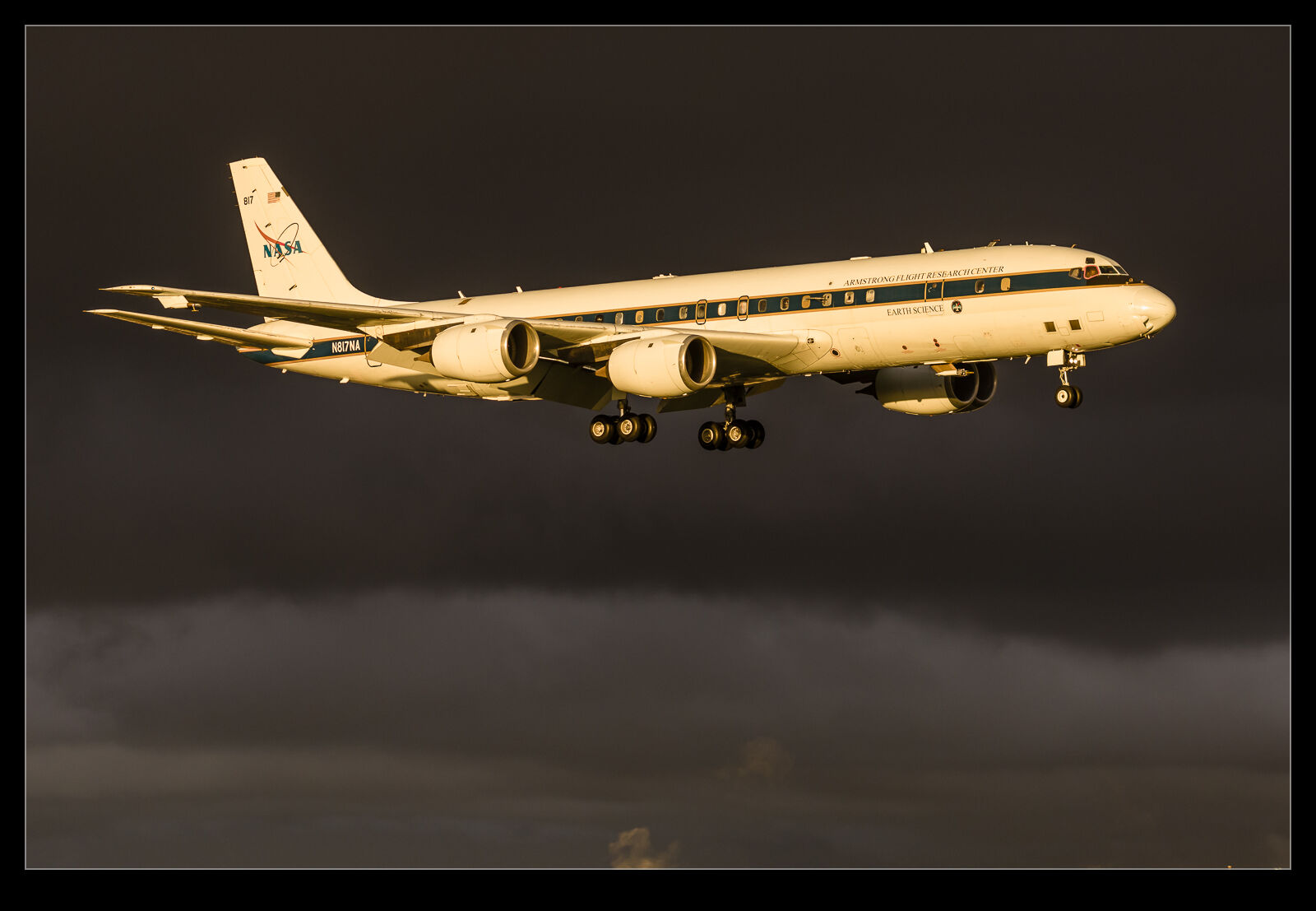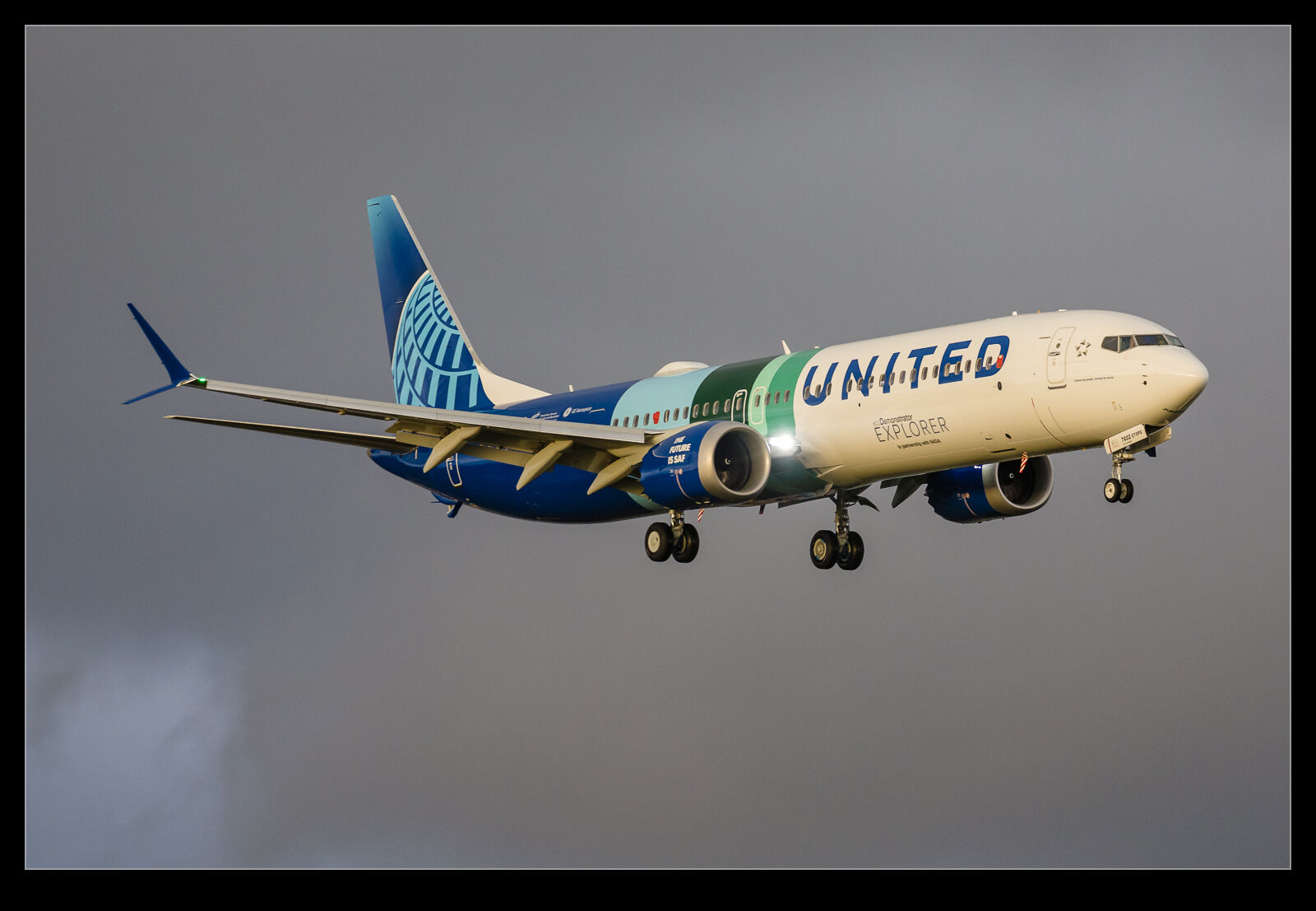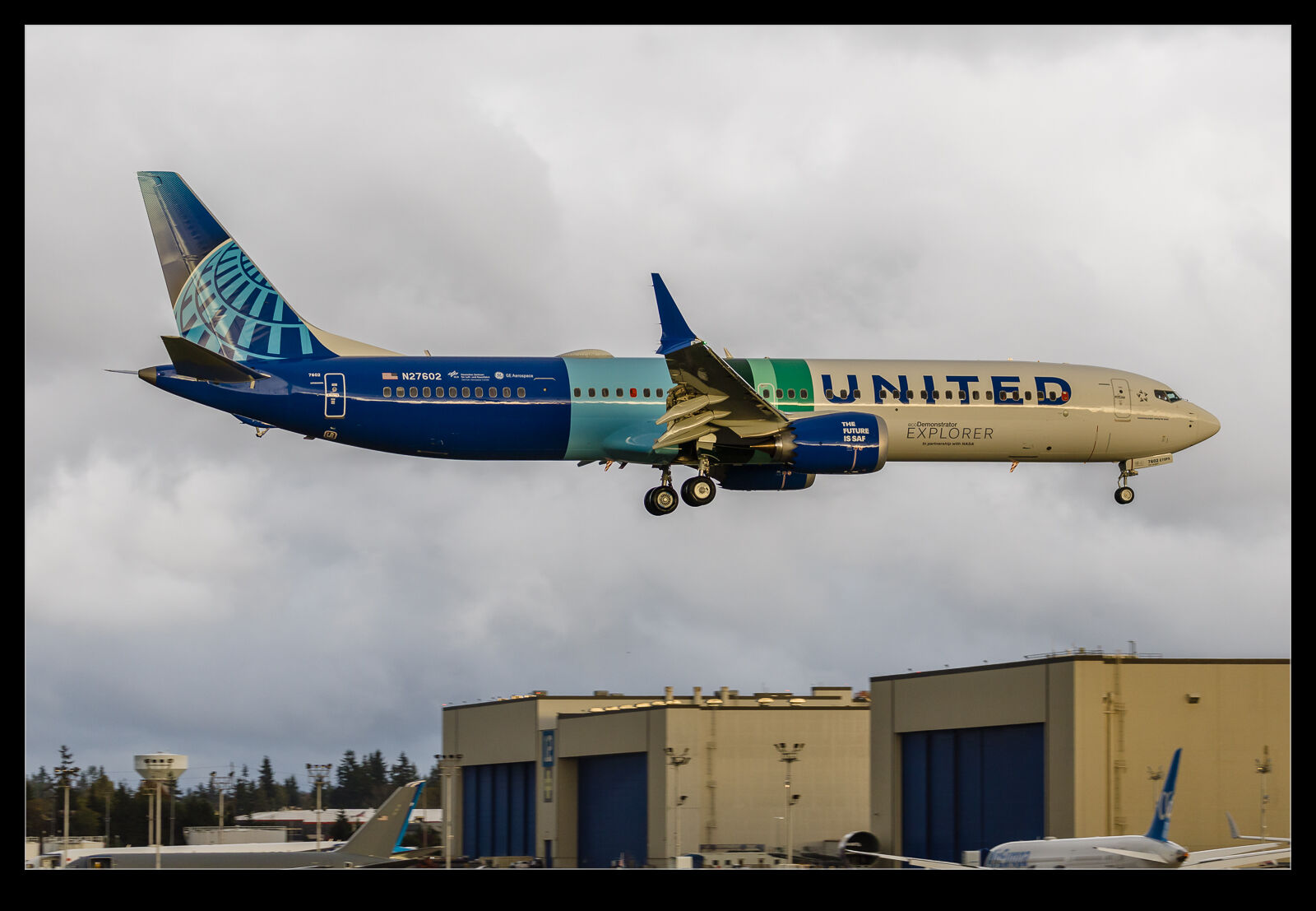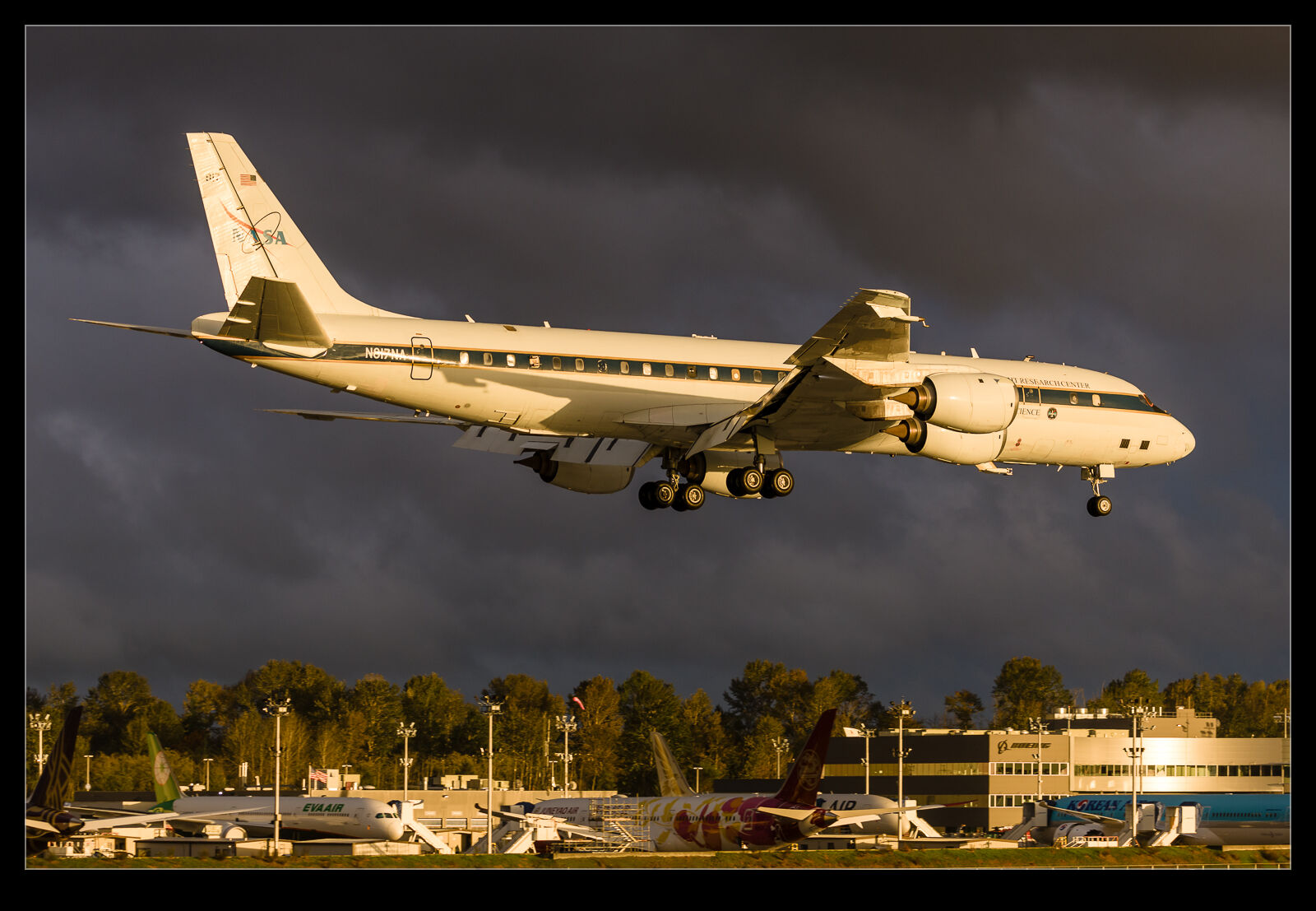 When Canon announced the RF 200-800 lens, I was mildly interested but not too bothered by it. However, in an example of how easily a weak mind can be influenced, when I watched some reviews by those that had used the lens, I started to be more curious. The focal length range was always of interest, but the aperture range had initially put me off. The reviewers suggested that the excellent ISO performance of modern mirrorless cameras meant this wasn’t an issue. Also, while not in anyway cheap, the lens was very well priced for the range it offered.
When Canon announced the RF 200-800 lens, I was mildly interested but not too bothered by it. However, in an example of how easily a weak mind can be influenced, when I watched some reviews by those that had used the lens, I started to be more curious. The focal length range was always of interest, but the aperture range had initially put me off. The reviewers suggested that the excellent ISO performance of modern mirrorless cameras meant this wasn’t an issue. Also, while not in anyway cheap, the lens was very well priced for the range it offered.
 I went to my local shop and placed a deposit for one of the lenses. This was many months ago. After that, things got very quiet. I was beginning to think that I would never see an actual lens. Then I saw something on a Canon rumor site that said August was likely to be a time when a lot of lenses got delivered. Whatever the blockage had been, there seemed to be some relief. The last Tuesday of July (stuff seems to get delivered to stores on Tuesday I guess), I get a phone call telling me that my lens has arrived. Hurrah!
I went to my local shop and placed a deposit for one of the lenses. This was many months ago. After that, things got very quiet. I was beginning to think that I would never see an actual lens. Then I saw something on a Canon rumor site that said August was likely to be a time when a lot of lenses got delivered. Whatever the blockage had been, there seemed to be some relief. The last Tuesday of July (stuff seems to get delivered to stores on Tuesday I guess), I get a phone call telling me that my lens has arrived. Hurrah!
 After work, I headed down to pick it up. I then headed down to the water in Kenmore – a short distance from the store – to give it a quick go. I didn’t have a lot of time, but I got a quick feel for some of its quirks. Initially I was a little unsettled. The stabilization seemed very effective, but it did make tracking things that were moving slowly a bit jerky as if the stabilization didn’t believe that I actually wanted to be moving. I worried that this would be an issue. However, the images seemed to be rather sharp so maybe it knew what it was doing.
After work, I headed down to pick it up. I then headed down to the water in Kenmore – a short distance from the store – to give it a quick go. I didn’t have a lot of time, but I got a quick feel for some of its quirks. Initially I was a little unsettled. The stabilization seemed very effective, but it did make tracking things that were moving slowly a bit jerky as if the stabilization didn’t believe that I actually wanted to be moving. I worried that this would be an issue. However, the images seemed to be rather sharp so maybe it knew what it was doing.
 When I got home, I did spend a little time looking at the hummingbirds on the bushes. The light was very low, which should be a problem for a lens with smaller apertures, but it seemed to work very well and the images were surprisingly sharp and clean. I then took it to its first airshow. Again, results were really very pleasing. The 800mm reach was so helpful since the show line was quite distant and I was veery happy with the framing I could get. The jumpiness in the viewfinder is still something I find rather distracting but it doesn’t seem to be an issue for the images, so I guess the stabilization knows what it is doing. I also shot some video at 800mm handheld and, while there was initial wobbling, there comes a moment when it seems to get what is going on and then it is rock steady. Quite bizarre. I think this lens could be a key part of my shooting going forward. We shall see as my experience grows with it.
When I got home, I did spend a little time looking at the hummingbirds on the bushes. The light was very low, which should be a problem for a lens with smaller apertures, but it seemed to work very well and the images were surprisingly sharp and clean. I then took it to its first airshow. Again, results were really very pleasing. The 800mm reach was so helpful since the show line was quite distant and I was veery happy with the framing I could get. The jumpiness in the viewfinder is still something I find rather distracting but it doesn’t seem to be an issue for the images, so I guess the stabilization knows what it is doing. I also shot some video at 800mm handheld and, while there was initial wobbling, there comes a moment when it seems to get what is going on and then it is rock steady. Quite bizarre. I think this lens could be a key part of my shooting going forward. We shall see as my experience grows with it.
 While mum was visiting, we took a trip across to Bainbridge Island. We went across from Seattle to Bainbridge and then returned via Kingston to Edmonds. For now obvious reason, I decided it might be interesting to video the boarding and unloading process from the ferries as we drove the car on and off. I thought the Insta360 would be a good idea for this since it would record a full sphere and I could decide on the editing afterwards without having to worry about which direction the camera was facing while I drove the car. I opened the sunroof of the car and had mum hold it out of the roof.
While mum was visiting, we took a trip across to Bainbridge Island. We went across from Seattle to Bainbridge and then returned via Kingston to Edmonds. For now obvious reason, I decided it might be interesting to video the boarding and unloading process from the ferries as we drove the car on and off. I thought the Insta360 would be a good idea for this since it would record a full sphere and I could decide on the editing afterwards without having to worry about which direction the camera was facing while I drove the car. I opened the sunroof of the car and had mum hold it out of the roof.










